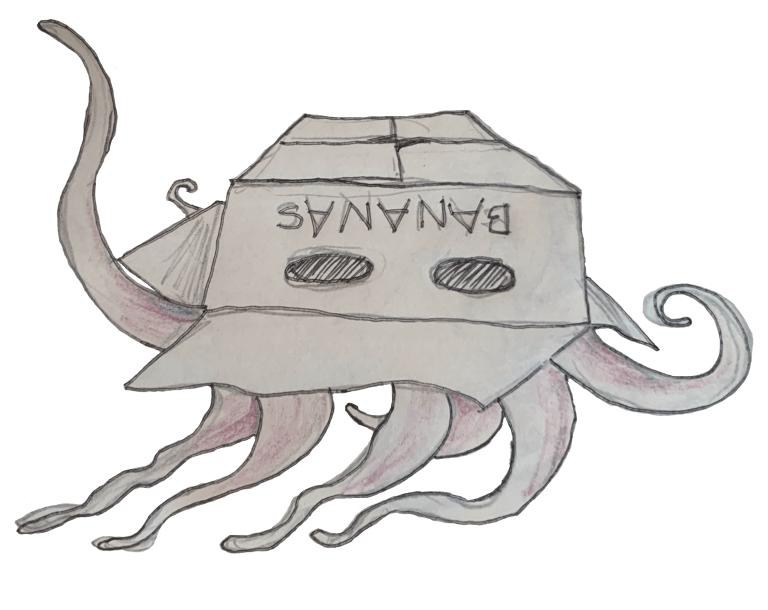Setting Conditions for Creative Engagement
Why Belonging & Autonomy?
Teachers are constantly shaping conditions to support their students. Conditions can support different ways of being and thinking. They are present whether they are intentional or not, implicit or explicit. Some conditions support emotional safety and classroom community. Some focus on student autonomy – creating spaces for risk taking and mistake making – while other conditions are set for developing hard academic skills. You are likely setting conditions for many outcomes.
Considerations for Implementation
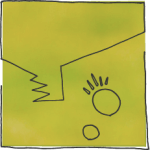 This course is experiential
This course is experiential
It is designed to invite you, the teacher, to explore routines and creative challenges and reflect on your own experience before inviting students into them. Effective facilitation requires your participation with students, modeling the mindfulness and vulnerability these processes ask of them. You are invited to take risks, make & celebrate mistakes, wonder, and laugh along with your students.
 Messaging
Messaging
Messaging about core values spans across all aspects of the classroom, from the way we greet students when they enter the room, to the way instructions are delivered, processes are demonstrated, the quotations on the walls, and the way reflection questions are asked. For example, messaging that highlights the importance of mistake making in the creative process allows students to move through struggle and self-doubt with less hesitation and potential for disengagement.
 Modeling
Modeling
Students consistently remark on how important it is for them to see teachers engaging in the creative process alongside them. When teachers place themselves in this space of unknowing they can more easily empathize with and relate to the experience of their students AND students benefit from witnessing a model for active learning. Teachers can model the messiness of the process—filled with uncertainty, mistakes, and risk-taking—by sharing their own experiences and some of the strategies they use, both successful and unsuccessful.
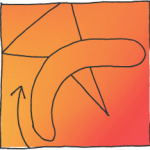 Physical Space
Physical Space
Our physical learning environment is full of potential. In many ways, conditions come down to “how do I feel in this space?” Lighting, seat arrangement, paint colors, wall art, even potted plants can be tools for creating welcoming learning spaces. We can support students to navigate and access the art tools and materials in the classroom on their own to foster agency and help them create their “studio space.” To foster autonomy and belonging, we begin in circles and return to this inclusive formation as often as possible. Even if a physical circle isn’t possible in your space, how can you create the feeling of a circle with you alongside your students?
 Scaffolded Routines
Scaffolded Routines
As teachers, you already know the importance of scaffolding to develop students’ competency with new skills. You probably also incrementally build community over time through scaffolded experiences that grow students’ sense of belonging and autonomy in your school and classroom. We hope these routines and reflective practices can be used to provide repeated exposure to and experience with creative opportunities, so students feel increasingly more competent and connected when applying their creative resources to learning tasks. Creative routines help set the conditions for a thriving classroom culture. Specifically, creative routines help students: think about their thinking, or metacognition; express and appreciate diverse opinions; explore identity; develop skills; and feel a sense of community.
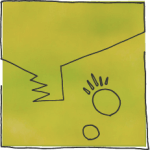 Space for Authentic Student Voice
Space for Authentic Student Voice
When we make space for authentic student voice, we support belonging in our classrooms. We contribute to building a larger culture of love and creative capacity. Setting classroom conditions that make idea sharing feel safe and welcome is an important first step. We support our student’s agency and autonomy when we make explicit the ever changing nature of our collective stories and help them see themselves as active, decisive contributors.
 Feedback loops
Feedback loops
The way feedback happens in a classroom reinforces what is truly valued. Feedback opportunities that highlight students’ experience with the creative process rather than the final product will promote creative metacognition and growth-mindset. Processes like self reflection and peer-to-peer critiques help students find their own meaning, leading to authentic engagement.
In an assessment designed to focus on process over product, ask students to reflect on their application of creative resources:
- Which creative resources did you use while engaging in this creative challenge?
- Which ones did you grow?
- Moving forward, which creative resources would you like to utilize and develop through your next draft?
Creative Routines
Mindful Mark-Making
Our inner worlds are vast and dynamic, extending beyond realms of words and language. Mindful mark-making brings attention to what an individual is thinking and feeling in a particular moment. It is also an invitation to explore mark-making and abstraction.
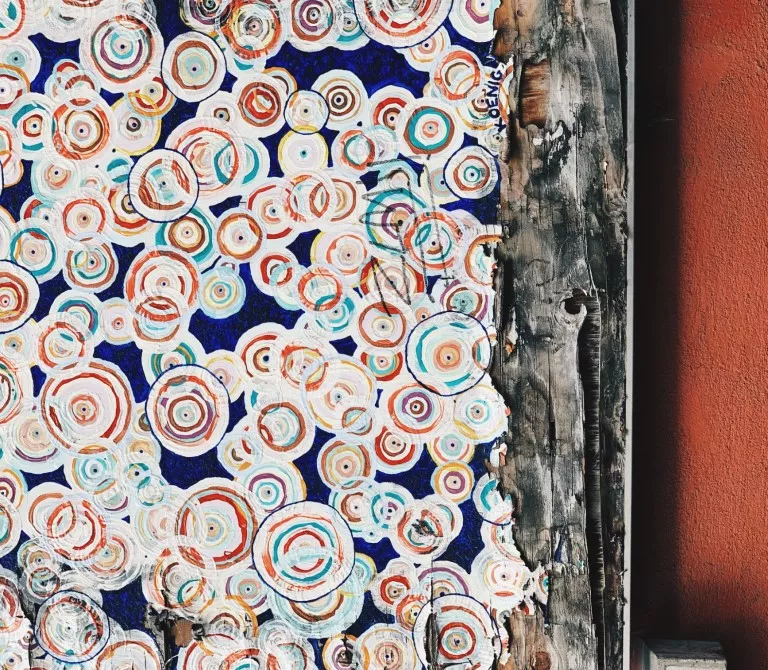
How are you Creative?
Part of growing our creative potential is learning to see how and when we are already creative. If you are human, you are creative. Please list the creative resources that show up in your daily life, and then add the context. You can choose from the short list in each category, or you can add your own.

Body Scan Sketch
Lola Broomberg offers this practice to help students understand the relationship between physical sensation, emotion, and action. Practicing this along with students is a way for adults to model healthy responses to challenging circumstances and emotions, such as uncertainty and vulnerability. This routine gives voice to personal physical experience and invites others to wonder, “What am I feeling?”
Resources
Emotional Vocabulary
Use this handy guide to learn the language of creative engagement!
Mayo Clinic Article: is having a sense of belonging important?
“Having a sense of belonging is so important, considering the groups and labels we give ourselves and others. We are members of families, sporting teams, hobbyists, spiritual groups, charities, political parties, cities, countries and nationalities, to name a few. Nearly every aspect of our lives is organized around belonging to something.”
Article: The Connection Between Art, Healing, and Public Health
“This review explores the relationship between engagement with the creative arts and health outcomes, specifically the health effects of music engagement, visual arts therapy, movement-based creative expression, and expressive writing. Although there is evidence that art-based interventions are effective in reducing adverse physiological and psychological outcomes, the extent to which these interventions enhance health status is largely unknown. Our hope is to establish a foundation for continued investigation into this subject and to generate further interest in researching the complexities of engagement with the arts and health.”
